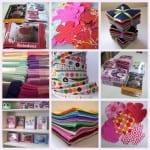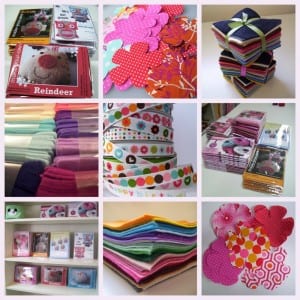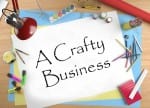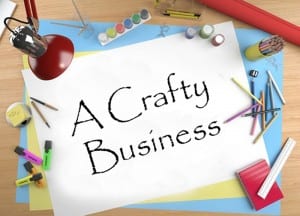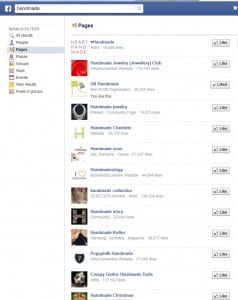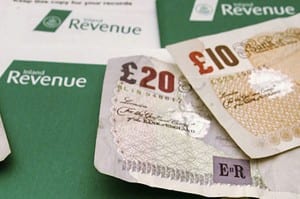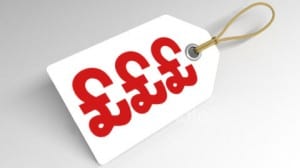
What will you charge for your goods?
So by chance or design you have decided to start your craft business, but where do you go from here?
You have been asked to make an item, but how do you work out how much you need to sell it for?
How to get a price
One way of trying to find a price is by looking at other craft businesses and have a look at what they are charging, have a look at the craftsmanship and the quality of their materials. See what people are willing to pay for their goods, particularly if they are not particularly well sewn or made.
Working out a price
You can try to work out how much it costs to produce each item, including the time it takes to make and any other expenses. This will give you an amount to start at, do you think what you have worked out is reasonable?
Probably not, it is easy to think that people won’t be willing to pay that amount for something that you have made.
Ask friends and family what they would be willing to pay for your goods, what price would they suggest?
It is very difficult, as many people think that handmade and homemade mean cheap!
What to include
Quite often when starting up a business like this, to get the sales, you will need to cover your material costs, but you will never be able to fully cover the costs of your labour.
But you can always start off at a lower price to get the interest, and then increase the price slowly as the business gets off the ground.
Next page It’s a taxing business
Back to Home page
